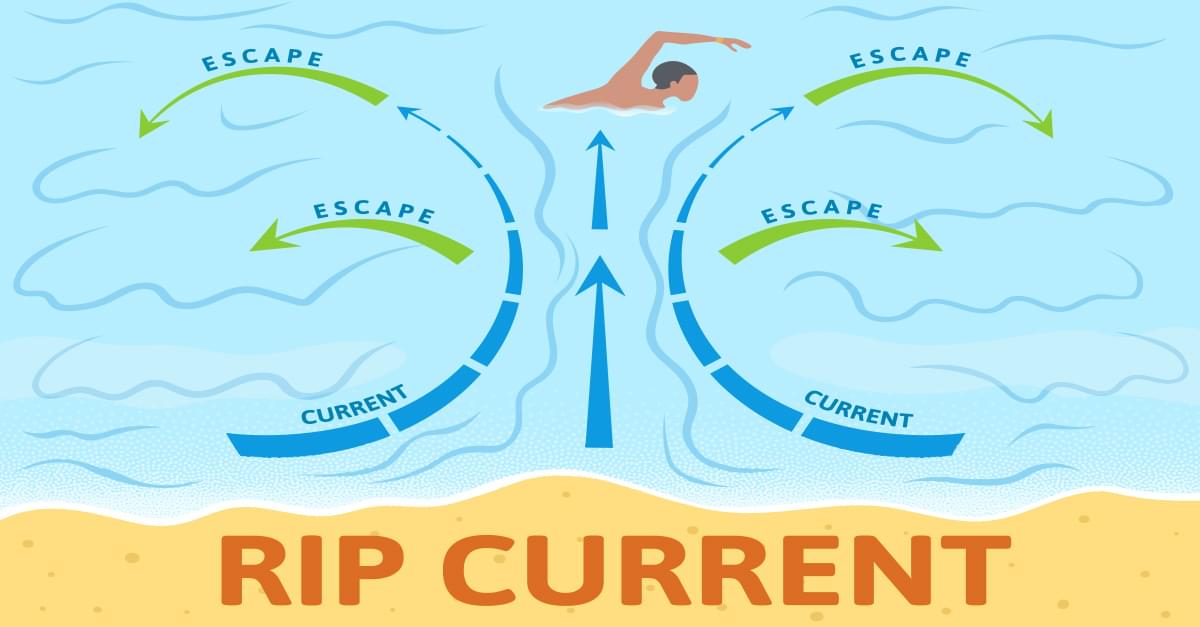As you head to the beach this summer, here are some tips to help you identify and avoid rip currents.
At least four people have died along the North Carolina coast in the past month due to rip currents. Numerous other beachgoers have been rescued from the waters.
Rip currents account for 80% of beach rescues, and can be dangerous or deadly if you don’t know what to do.
Here are some tips for your next trip to the beach:
- Know before you go. Check local beach forecasts before you head to the beach, and always swim near lifeguards. Look for any warning signs or flags. If you’re unsure about conditions, ask a lifeguard. And know how to swim before you venture in.
- If you do happen to be caught in a rip current, stay calm. It won’t pull you under – it’ll just pull you away from shore. If you try to fight the rip current and swim against it, you’ll just get worn out. Instead – float!
- If you can, wave and yell to get the attention of lifeguards and people on shore to let them know you need help.
- If you’re a good swimmer, swim parallel to shore until you’ve cleared the pull of the rip current. Swim with the waves, allowing them to push you to shore.
- If you’re on shore and see someone in trouble in a rip current do not go in after them. Instead – call for help! If a lifeguard is not available, throw in something that floats or extend a reaching object, but don’t try to be a hero and make the rescue yourself. Even trained lifeguards only attempt a rescue using a flotation device.
- Never swim alone.
Knowing how to identify a rip current can help as well. Look for a channel of churning, choppy water, an area having a notable difference in water color, a line of foam, seaweed or debris moving steadily seaward or a break in the incoming wave pattern. Any of these situations could indicate the presence of rip currents.
